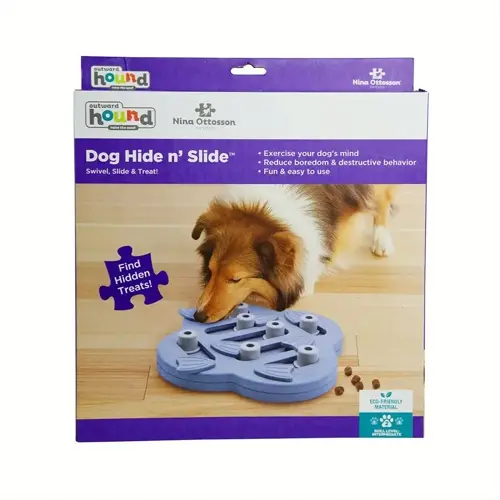How often should fish be fed in community tanks?

Written by
John Williams
Reviewed by
Prof. Henry Webster, Ph.D.The correct feeding frequency will prevent water quality issues in the community aquarium, and all fish will thrive. I learned this when overfeeding led to algae blooms in my first aquarium. Each species of fish has its own different nutritional requirements that must be balanced. Use these guidelines to supply food for your community without harming water quality.
Portion Control
- Offer amounts fish consume completely within two minutes
- Uneaten food decays rapidly producing ammonia toxins
- Remove leftovers within ten minutes using a small net
Frequency Adjustments
- Feed adult fish twice daily - morning and evening
- Juvenile fish need three to four smaller meals daily
- Fasting one day weekly improves fish digestion
Food Variety
- Rotate flakes pellets and frozen foods for balanced nutrition
- Surface feeders need floating foods like flakes
- Bottom dwellers require sinking wafers or pellets
Observe feeding behavior to aid in scheduling food. Brought up fish that swim eagerly about need feeding on a schedule to set times. Fish that do not appear to be interested in food may be suffering from overfeeding or possibly from health troubles. In a mixed community, fish feed on floating foods first and then on sinking varieties. This ensures that all species receive adequate nutrition.
Prevent water pollution by adhering to stringent cleaning procedures. Remove leftover food within ten minutes using the turkey baster method. Vacuum the substrate actively weekly to remove excess food. This reduces the chances of ammonia spikes and helps prevent algae from proliferating. Clean aquariums will facilitate healthier fish.
Adjust feeding for special situations. Breeders need protein foods several times a day. Sick fish require medicated foods in smaller portions. Vacation times require automatic feeders or plans for short fasting periods. Adapting routines to fit the peculiar needs of the community is necessary.
Monitor fish growth and color to assess nutritional status. Healthy fish have brilliant coloration and consistent growth rates. Dull fish colors and retarded growth are indications of nutritional deficiency. Adjust types and schedules of feeds accordingly. Adequate feeding makes flourishing communities possible.
Read the full article: Essential Fish Tank Maintenance Guide for Beginners

